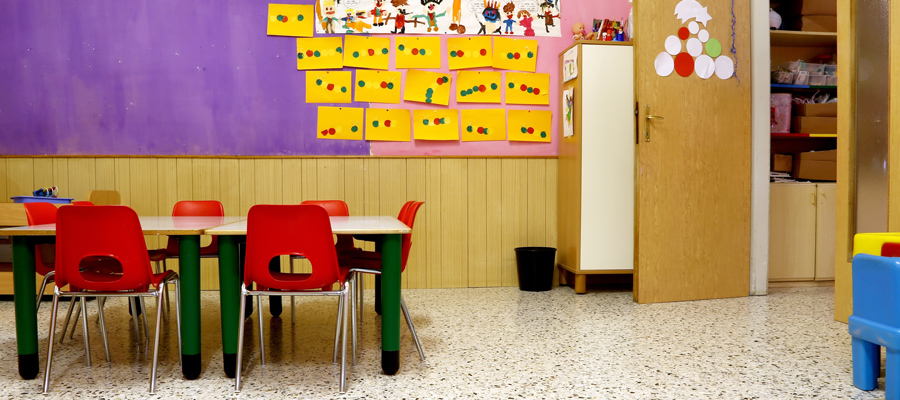Building a universal child care system in BC means rethinking how we fund new spaces

Last year, the BC government made landmark investments in child care, reducing costs for tens of thousands of families. And, those in $10/day prototypes (2,500 spaces throughout the province) are finally experiencing truly affordable child care.
However, too many families are still desperate for access to quality, licensed child care.
Lower fees don’t help parents whose children remain on long waitlists, which is inevitable given that BC only has licensed spaces for 18 per cent of young children. A recent poll conducted for the $10aDay Campaign showed that 70 per cent of parents who sought child care delayed returning to work after parental leave because it wasn’t available.
In its unprecedented investment, the BC government addressed this supply problem by earmarking funding for 22,000 new licensed child care spaces by 2020/21, but the vast majority are yet to open.
That delay is because the current BC government inherited a space creation approach that does not work. It relies on individual child care providers applying for government grants to help develop new facilities. Many private providers then own the facilities that taxpayers helped buy.
The current space creation approach relies on individual child care providers applying for grants to help develop new facilities. Many private providers then own the facilities that taxpayers helped buy.
Uptake of these grants has been limited as few providers have the time, expertise or resources to build quality spaces. Imagine if we relied on grants to fund public schools, expecting groups of parents or teachers to demonstrate the need, find the location, oversee construction and raise additional capital funds.
To quickly meet the needs of BC families we need to rethink how we fund new spaces and invest in publicly owned child care facilities. The recently announced partnership between the Province and the City of Vancouver leads the way. It is a three-year, multi-facility agreement to create 2,300 new publicly owned child care spaces in public facilities. The agreement leverages Vancouver’s decades long commitment to and expertise in child care development.
To build on this approach province-wide, government needs to plan and fund child care facilities just like they do for schools.
Like schools, child care facilities are a crucial part of our community infrastructure and government should play a leadership role in creating them. This would allow for proper capacity planning, creating quality spaces faster and more affordably, and ensuring that public investments creates public—not private—assets. In fact, BC cannot transform the existing patchwork of child care services into a coherent quality system without a capital plan and budget for child care expansion—plus additional investments to recruit and retain well-qualified, fairly compensated educators to staff the system.
BC cannot transform the existing patchwork of child care services into a coherent quality system without a capital plan and budget for child care expansion.
As an immediate next step, the BC government should invest in custom-designed, high-quality modular child care facilities and locate them on public land around the province. Planning must be done with local communities to address areas of highest need first.
Investing in quality, universal child care is a smart use of public resources that will have ripple effects across BC’s economy. These benefits, however, will only be fully realized once we create enough spaces for all families that need them.
The good news is that BC is in a great position to make new strategic capital investments in public child care.
Our provincial debt is low relative to the size of our economy and we have room to significantly increase public investment in public assets. With debt service costs at historic lows, now is the perfect time to introduce a new child care capital budget to fund a large public child care expansion.
—
This article originally appeared in The Province.
Topics: Children & youth, Privatization, P3s & public services, Provincial budget & finance


